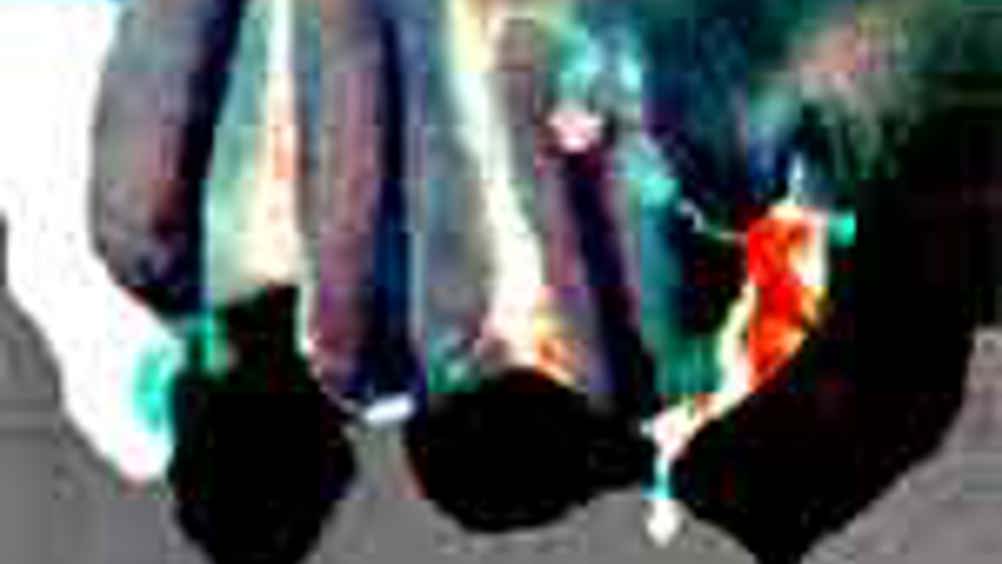Materials emulate biological systems
A self-healing material mimics human skin by healing itself time after time.

Self-healing materials invented by researchers at the University of Illinois mimic human skin by healing themselves time after time.
The new materials rely upon embedded, 3D microvascular networks that emulate biological circulatory systems.
‘In the same manner that a cut in the skin triggers blood flow to promote healing, a crack in these new materials will trigger the flow of healing agent to repair the damage,’ said Nancy Sottos, a Willett Professor of materials science and engineering.
‘The vascular nature of this new supply system means minor damage to the same location can be healed repeatedly,’ she added.
In the researchers’ original approach, self-healing materials consisted of a microencapsulated healing agent and a catalyst distributed throughout a composite matrix. When the material cracked, microcapsules would rupture and release healing agent. The healing agent then reacted with the embedded catalyst to repair the damage.
‘With repeated damage in the same location, however, the supply of healing agent would become exhausted,’ said Scott White, a Willett Professor of aerospace engineering. 'In our new circulation-based approach, there is a continuous supply of healing agent, so the material could heal itself indefinitely.’
Register now to continue reading
Thanks for visiting The Engineer. You’ve now reached your monthly limit of news stories. Register for free to unlock unlimited access to all of our news coverage, as well as premium content including opinion, in-depth features and special reports.
Benefits of registering
-
In-depth insights and coverage of key emerging trends
-
Unrestricted access to special reports throughout the year
-
Daily technology news delivered straight to your inbox










Water Sector Talent Exodus Could Cripple The Sector
Maybe if things are essential for the running of a country and we want to pay a fair price we should be running these utilities on a not for profit...